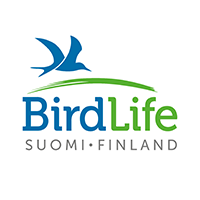Diet shifting of tortoise-eating Golden Eagles (Aquila chrysaetos) in southeastern Bulgaria
Nyckelord:
diet change, food niche breadth, Testudo, Erineceaus, predationAbstract
Top predators may adapt their diets to changes in prey availability where human-induced environmental changes are intense. This long-term study of the breeding-season diet of Golden Eagle (Aquila chrysaetos) in the Strandzha Mountains analyzed shifts in diet caused by the population decline in principal prey species, the tortoises (Testudo hermanni and T. graeca). Tortoises comprised 50.0% of the eagle diet by prey number in the 1990s, but that share collapsed to 5.8% in 2014–2021. During this later interval, Golden Eagles preyed more intensively on lighter-weight prey such as Northern White-breasted Hedgehog (Erinaceus roumanicus, an increrase of 28.2% by number) and Edible Dormouse (Glis glis, an increase of 14.9% by number). Hedgehogs predominated in the diet of an individual eagle nest site for the first time in 1998 and became the principal prey in 2014–2021. Differences in food niche breadth and proportions of mesopredators between tortoise- and hedgehog-dominated individual annual diets were not significant, corresponding to a low level of food stress. The only eagle with an annual diet dominated by Squamata (snakes and lizards) was an exception, having the widest food niche. Young domestic ungulates have almost completely disappeared from eagle diets at the same as the reduction of tortoises, corresponding to a concurrent decline of livestock farming. The results obtained here have relevance to conservation management of both predator and prey populations.
Referera så här
Copyright (c) 2022 Boyan P. Milchev

Det här verket är licensierat under en Creative Commons Erkännande 4.0 Internationell-licens.










